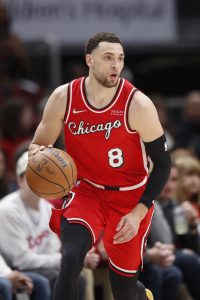While many free agent agreements have been reported since last Thursday evening, few will become official until the NBA’s moratorium period ends this Wednesday. That means the terms that have been reported – and the cap space or cap exceptions teams will use to complete those signings – haven’t yet been locked in.
Still, we have a pretty good sense of what the cap room situation looks like for teams around the league. Here’s a snapshot, as of the morning of July 4, of which clubs still have the most spending power:
Teams with cap room:
By our count, the Spurs project to have about $38MM in remaining cap room, and could push that number even higher by stretching Danilo Gallinari‘s partial guarantee across three years when they officially waive him. However, it’s very unlikely they’d do so unless they have a specific need for that extra room. San Antonio could also create some extra space by waiving Keita Bates-Diop or Tre Jones, who have non-guaranteed salaries for 2022/23, though there has been no indication that will happen.
The Pacers, meanwhile, should have a little over $26MM in cap room once the Malcolm Brogdon trade is finalized, based on our projections. Like San Antonio, Indiana has a couple players without full guarantees (Duane Washington and Terry Taylor) and could create more cap space by waiving one or both.
The Pistons have already committed a chunk of their cap room to taking on Nerlens Noel, Alec Burks, and Kemba Walker from New York, but haven’t used it all yet. If Walker gives back his minimum salary in a reported buyout agreement and Detroit uses its room exception to sign Kevin Knox to his two-year, $6MM deal, the team could have $14MM+ in space — or even more, if Walker’s dead money is stretched across three seasons.
It remains unclear what the Spurs, Pacers, and Pistons will do with their remaining cap room. All three teams have been linked to restricted free agent center Deandre Ayton at some point during the offseason and could theoretically still make a run at him, with Indiana and Detroit perhaps sending back players in a sign-and-trade deal to fit a max deal for the big man under the cap. Still, there’s a sense the Pistons have backed off Ayton after landing Jalen Duren on draft night, and it’s unclear whether the Spurs or Pacers have serious interest.
Accommodating salary-dump trades to acquire more assets could be an option for all three teams, either in the offseason or close to the trade deadline.
The Knicks are the other team expected to use cap room this summer, but after signing Jalen Brunson and Isaiah Hartenstein, they won’t have much left over. Even if they waive Taj Gibson and sign Brunson and Hartenstein to the lowest starting salaries possible based on their reported contract terms, New York projects to have less than $5MM in remaining room.
Mid-level exception teams:
The Hornets, Grizzlies, Thunder, Magic, and Jazz all still have their full non-taxpayer mid-level exceptions available, giving them the ability to offer up to about $10.5MM to a free agent. It’s worth noting though that Utah’s cap situation remains in flux as we wait to see what other moves the team has up its sleeve after trading Royce O’Neale and then agreeing to a blockbuster deal involving Rudy Gobert.
The Hawks, Nets, Heat, Pelicans, and Suns haven’t committed any mid-level money to free agents yet, but unless they shed salary, they’ll probably be limited to the taxpayer MLE (worth about $6.5MM) due to their proximity to the tax line.
The Bulls have used a small portion of their mid-level exception and should still have $7MMish available to spend, but doing so would push them into luxury tax territory, which ownership may be against.
There are some teams that could theoretically open up part or all of their mid-level exception if they’re able to turn reported free agent agreements into sign-and-trades. For example, Ricky Rubio agreed to a three-year, $18.4MM deal with the Cavaliers that will presumably use the MLE, but if Cleveland and Indiana were able to work out a sign-and trade deal involving Rubio, it would free up the Cavs’ mid-level to use on another move.
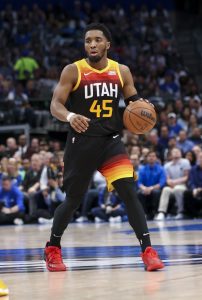 They also acquired a first-round pick from the Nets in exchange for wing starter Royce O’Neale,
They also acquired a first-round pick from the Nets in exchange for wing starter Royce O’Neale,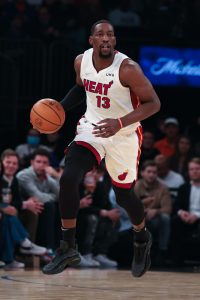
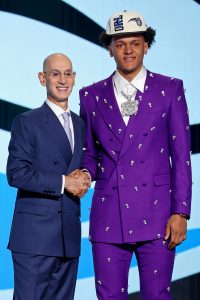 The value of those contracts depends on where a player was drafted. This year, No. 1 overall pick
The value of those contracts depends on where a player was drafted. This year, No. 1 overall pick 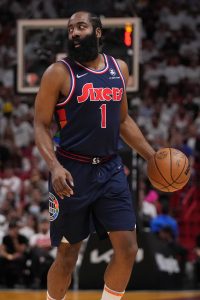 However, within the last 40-ish hours, 40 of the players from our list of
However, within the last 40-ish hours, 40 of the players from our list of 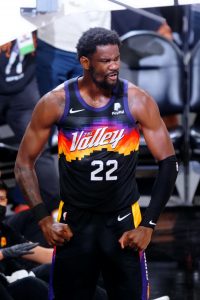 Of the eight other players listed above, four are restricted free agents, which will reduce their leverage to negotiate favorable multiyear terms, at least to some extent. However, Ayton, in particular, still seems like a good bet to land a lucrative long-term contract.
Of the eight other players listed above, four are restricted free agents, which will reduce their leverage to negotiate favorable multiyear terms, at least to some extent. However, Ayton, in particular, still seems like a good bet to land a lucrative long-term contract.